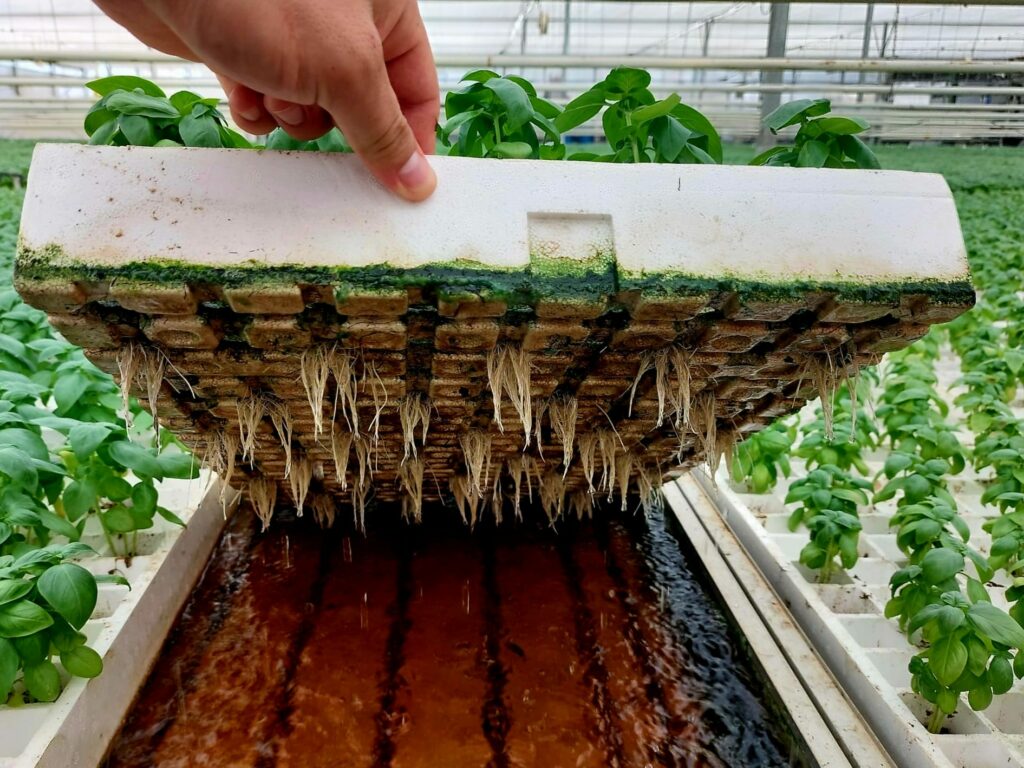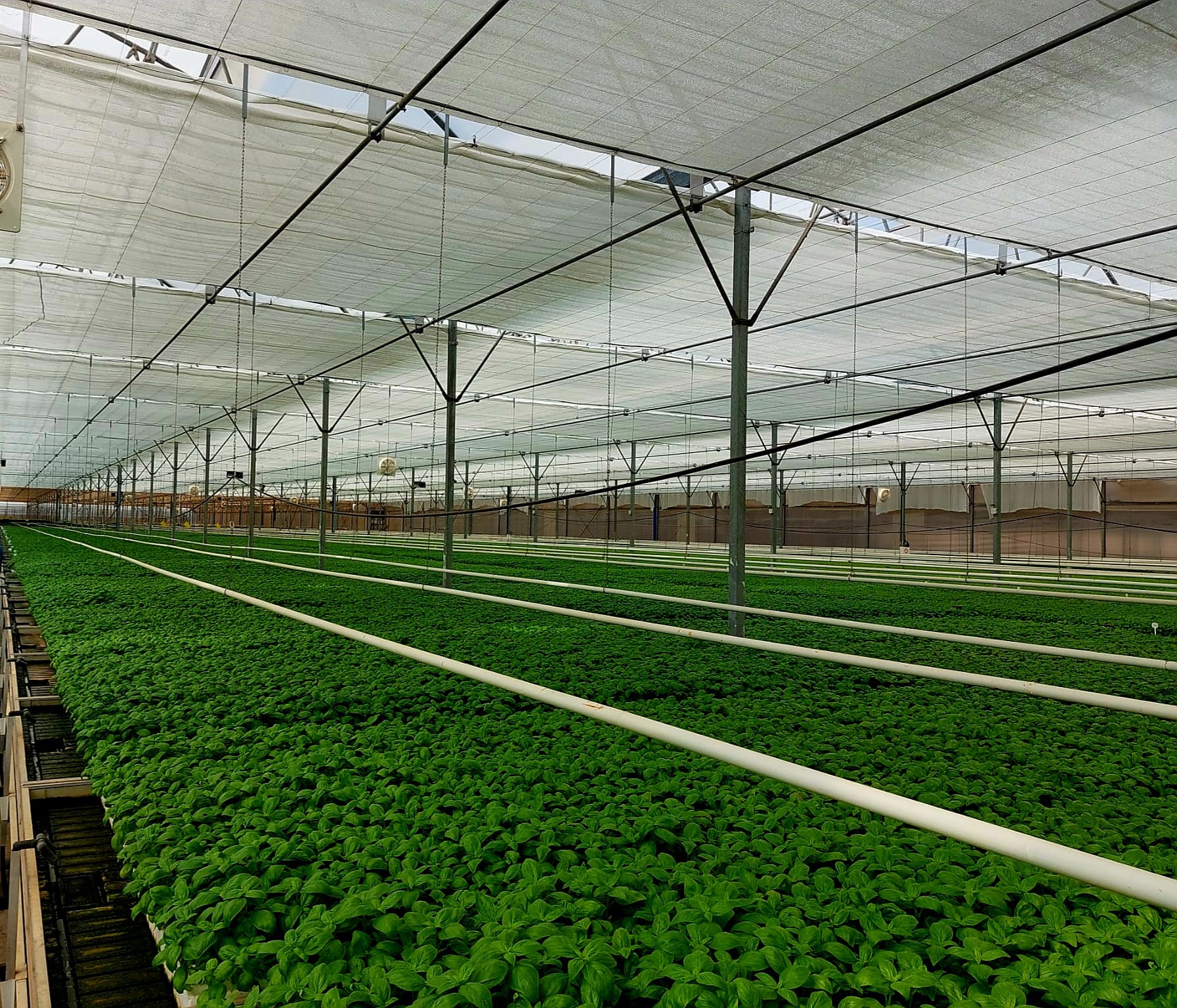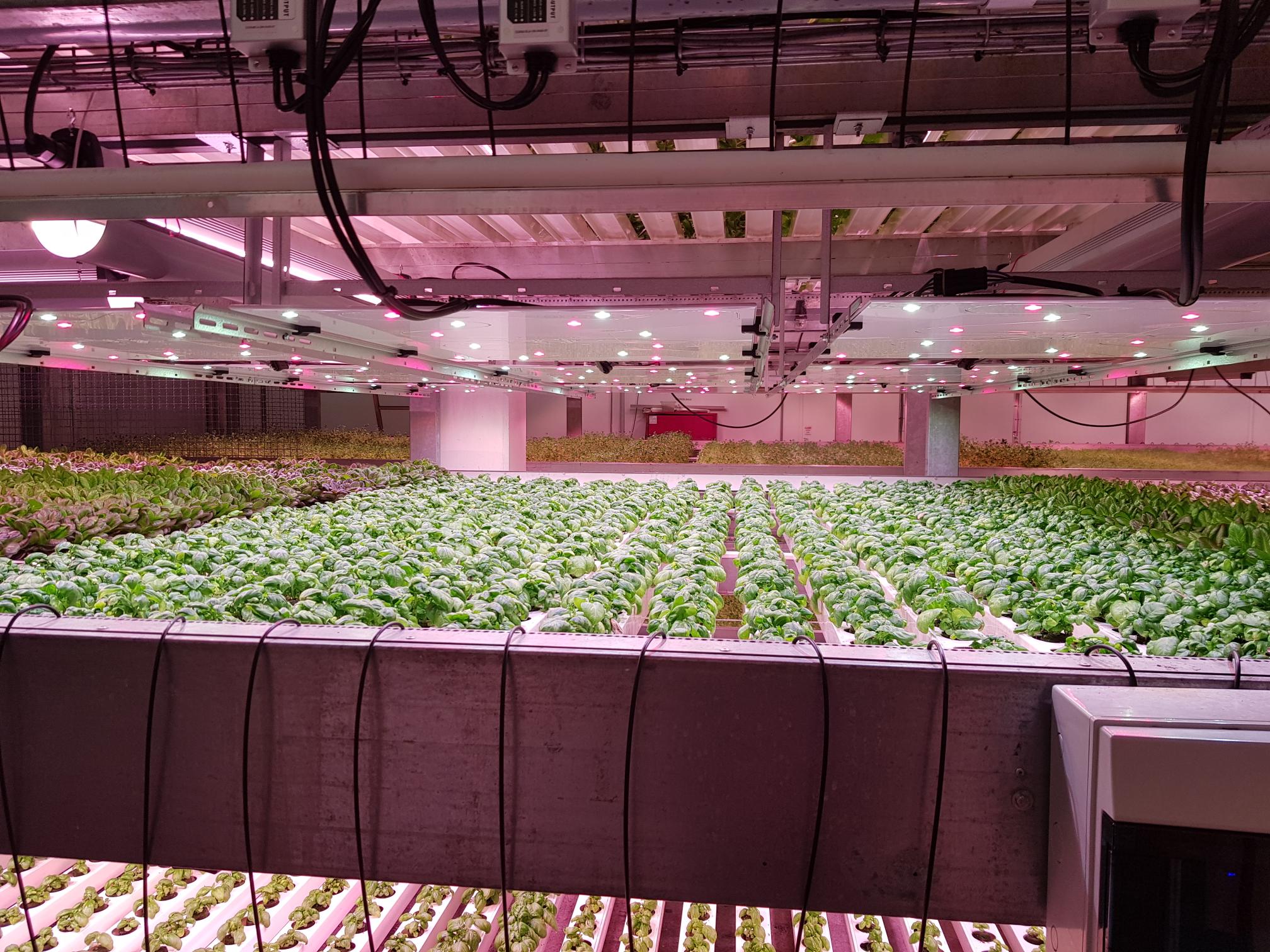Whether you’re already a grower or planning to establish a new leafy greens facility, one thing is certain: water management and proper filtration are among the most critical parameters to get right. Choosing the correct equipment, technologies, and installations is essential for maintaining consistent quality year-round in your (CEA) facility.
That’s precisely why we’ve developed this series of articles, focusing specifically on water management. Our goal is to support upcoming growers in selecting the right systems and avoiding common challenges such as clogged irrigation lines, biofilm development, and the spread of root diseases.
In our previous article, we explored water management and filtration strategies for incoming (input) water, the water entering the greenhouse from external sources. In this week’s edition, we will focus on the return water, the water that exits the hydroponic system and recirculates through the closed loop of the growing system. Optimizing this part of the cycle is key to avoiding water waste, retaining nutrients, and maintaining a hygienic growing environment.
Why Treat Return Water?
Most commercial leafy greens operations are hydroponic and operate in closed-loop systems. These systems are designed to recycle water efficiently. However, if return water isn’t properly treated, it can carry organic particles, algae, and pathogens back into the system, threatening the entire crop on the short and long term.
Step 1: Coarse & Fine Filtration
A widely used solution in commercial leafy greens facilities is the cloth filter, a highly efficient and sustainable filtration system. This method typically filters at a range of 10–20 microns, effectively removing fine particles. Cloth filters are fully automated and low in labor requirements. The cloth rotates and self-cleans after use, making it a cost-effective and environmentally friendly option.
An alternative is the rotating drum filter, another excellent option for continuous filtration with minimal maintenance. These filters offer strong protection for downstream equipment like UV disinfection units or fine mesh filters, ensuring cleaner water at every stage of the cycle.

Step 2: Return Tank Adjustments
Once filtered, the return water flows into the main return tank. At this stage, it’s crucial to measure and adjust key parameters such as Electrical Conductivity (E.C.) and pH levels before it can be reused. These values ensure that the water composition is balanced and ready to be remixed into the fertigation recipe.
Step 3: Secondary Filtration
Before mixing the return water with fresh (input) water, a secondary level of filtration is highly recommended. One effective option is Turbidex filtration, which can remove smaller particles in the 3–5 micron range. In addition to its fine filtration, Turbidex also absorbs ammonia from the water, a critical benefit for sensitive crops like lettuce and herbs. It’s also an eco-friendly option, aligning well with the sustainability goals of modern greenhouse projects.
Another useful option at this stage is activated carbon filtration, which offers several benefits:
- Protects plant roots from chemical residues
- Prevents clogging in sensitive dosing and irrigation equipment
- Removes unpleasant odors, which can impact crop quality (especially in herbs)
With these steps completed, the return water is now clean, safe, and chemically balanced, ready to be reintegrated into the fertigation system. This means fewer inputs are wasted, fewer risks of disease are introduced, and more control is maintained over your cultivation process.
Building a Resilient Water Strategy
This article is the second in our water management series for hydroponic leafy greens cultivation. By following the guidelines on input water treatment from our previous article and applying the return water filtration strategies covered here, you now have a comprehensive overview of a closed-loop water management system in a high-tech greenhouse environment.
Whether you are an investor or a grower aiming to upgrade your existing systems, these insights offer a valuable starting point for developing a robust water strategy, a critical factor in long-term crop quality and economic success.
What’s Next?
In the next article of our CEA Leafy Greens series, we’ll explore irrigation strategies for lettuce and herbs, sharing practical tips drawn from our experience to help you overcome common challenges, especially those critical during the summer period. Our aim is to support you in preventing future cultivation errors related to irrigation and ensuring consistent crop performance.
At Agranom, we’re committed to supporting growers through innovation, expertise, and hands-on experience. Whether you’re just starting out or looking to optimize your current systems, we’re here to help you design a facility that produces consistent year around.
We are “Your Leafy Greens Specialist”.
Source: https://wikifarmer.com/library/en/article/return-water-management-for-hydroponic-leafy-greens



